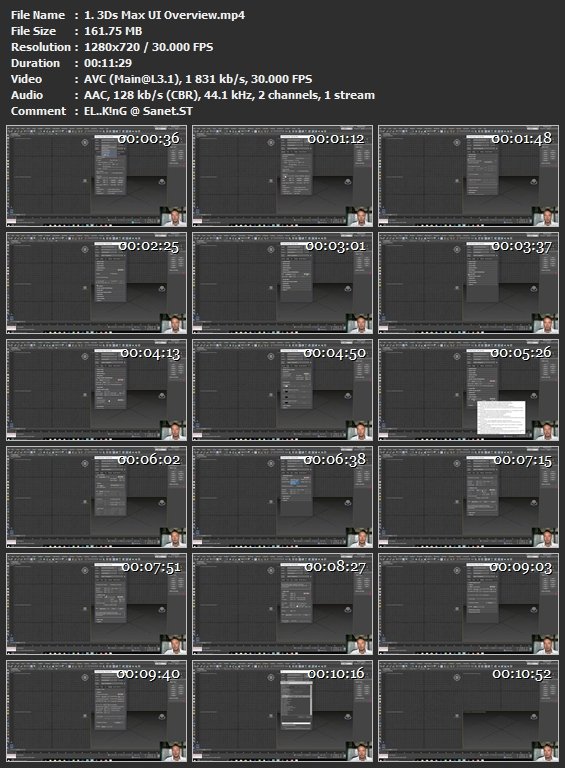
If you are not using Caustics in your scene (most likely you aren’t) turn on the “Affect Shadows” option to get realistic, transparent shadows. It can be grayscale or colored, but it is recommended to stick to grayscale only for realistic results. The amount of Refraction can be controlled by a number, Map or a Texture. Light multiplier allows you to change the strength of the light as it moves inside the object. 0 means that the rays get scattered in all directions 1 means the rays continue to move the same direction, as they did before entering the object. Scatter Coefficient changes the way the light rays travel within the object.

You can reduce the depth of the scattered rays by using the Thickness parameter. Stick to the Hard Wax or Hybrid type (soft water is just for legacy vray version compatibility). You can also additionally tint the inside of the material by using the Backface color. To define the inner color, use Fog color, just like you would for refractive materials.

Even the darkest coal has an albedo of ~4%. The same goes for the blacks, only black holes absorb everything the rest of the world reflects at least a small portion of the light. The whitest snow has only 90% albedo (reflectance rate).

Most things we think of as pure white are actually ~75%-90% white (190-230).

Important note – for realistic results, the Diffuse must use colors or textures in the range of 10~230 on the lightness scale. This seems a bit complicated for just getting a simple color in 3ds Max, but currently there is no automatic way to do this. Now the color of the material matches perfectly with the color you took from Photoshop. Set the same RGB values in the color slot and change the Gamma correction settings to “Specify” and make sure it’s set at 2.2


 0 kommentar(er)
0 kommentar(er)
